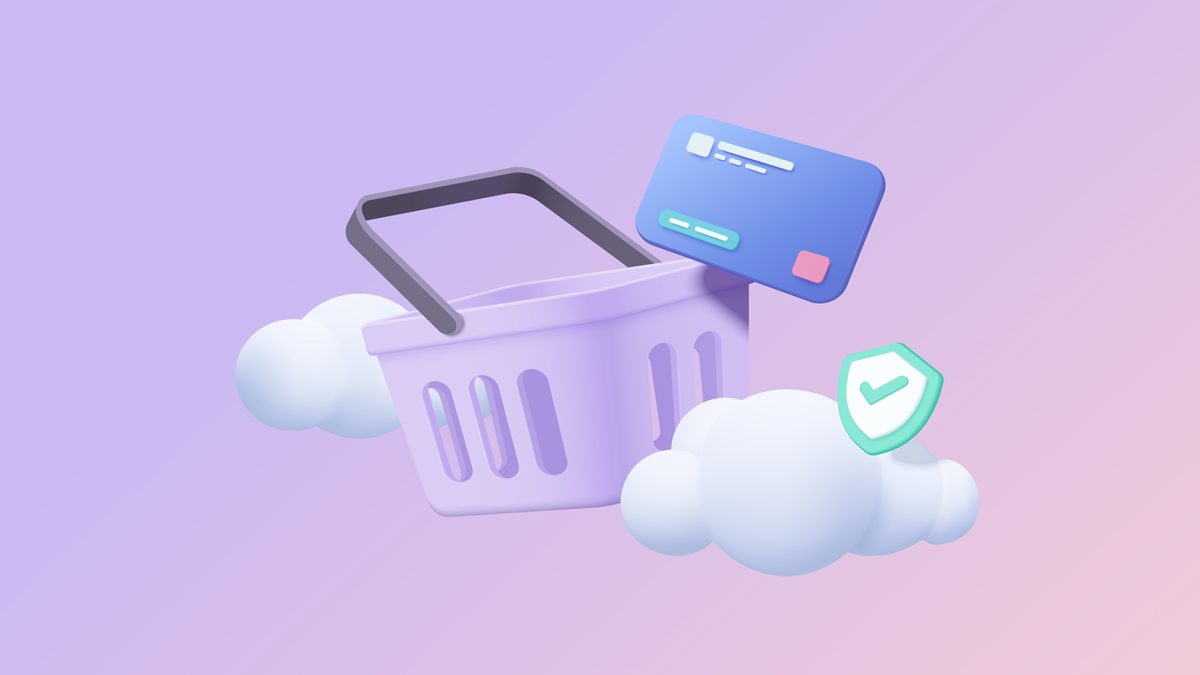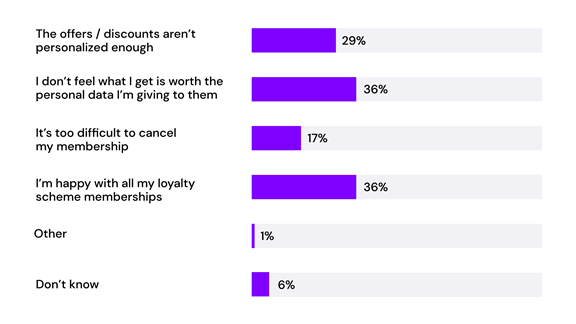Personalization and loyalty are the keys to omnichannel success

Connecting the dots
Creating connected experiences requires a deep understanding of both customer needs and data, and organizations that get these right see huge results. Our survey discovered that 66% of consumers have spent more time and/or money than intended in a retail store that gave them an immersive experience.
So how can retailers connect the dots to deliver the multilayered digital and physical experiences that retail consumers love? The answer to this question may start with a tried and true marketing play—the loyalty program.
Our report found that the majority of respondents (93%) had active memberships in loyalty programs, but that figure is at risk of falling if retailers don’t tackle data disillusionment.
Retailers must optimize loyalty programs to harness the behavioral and consumer insights they contain. Those who use loyalty app data effectively are likely to build deeply connected, personalized consumer experiences that empower them to bring omnichannel to life.
